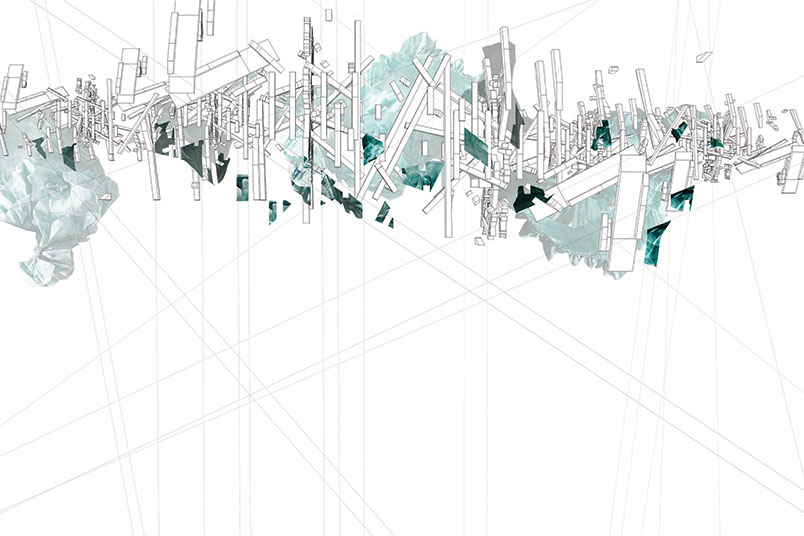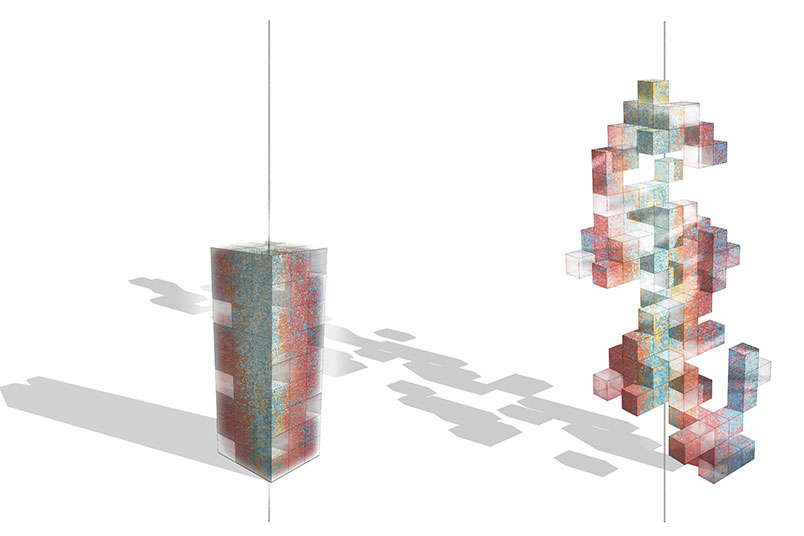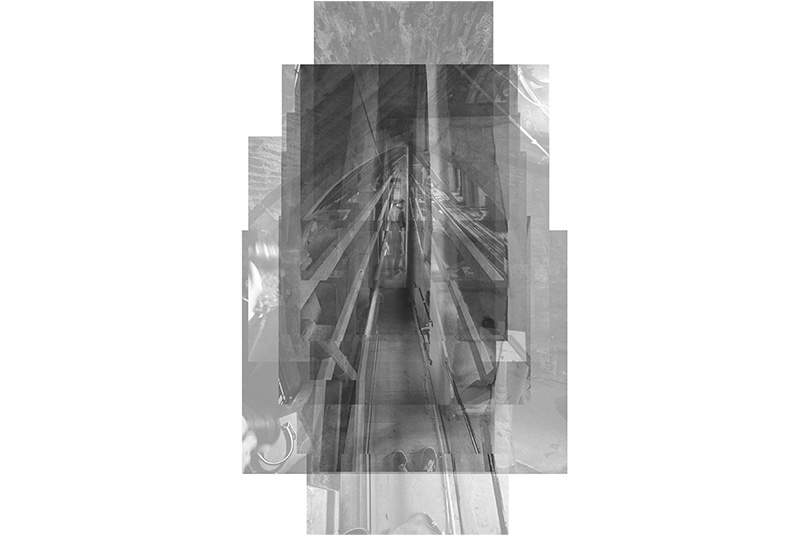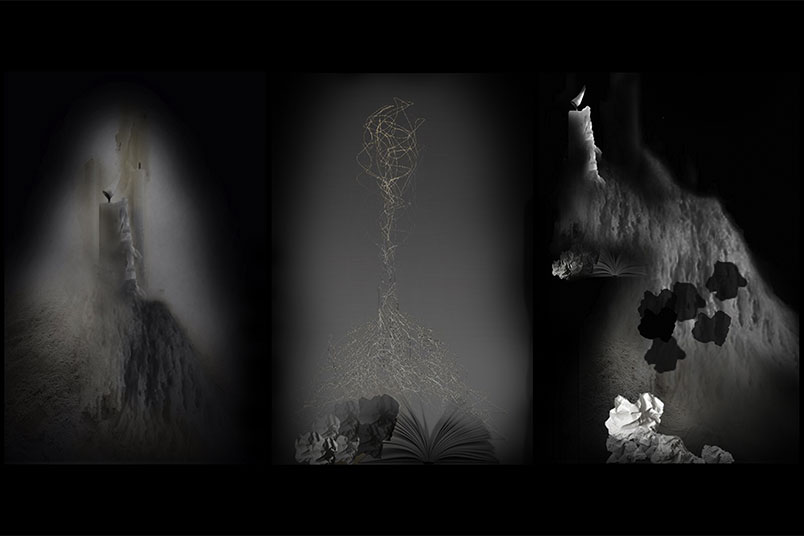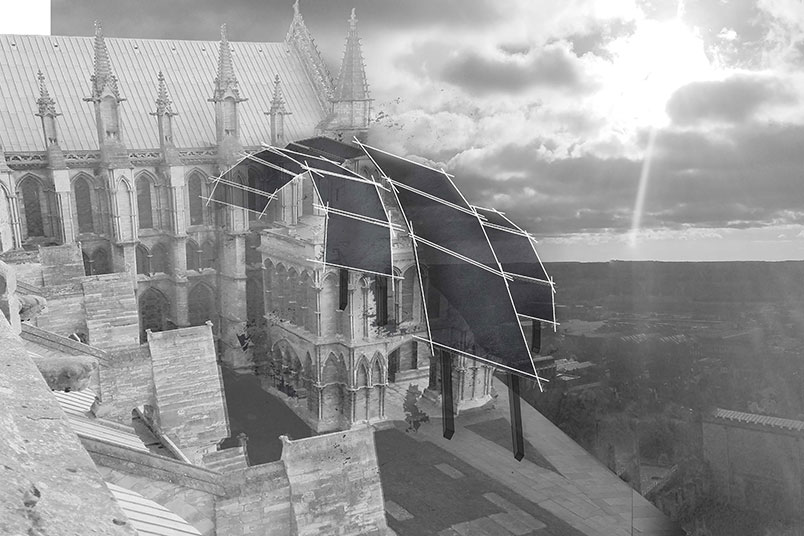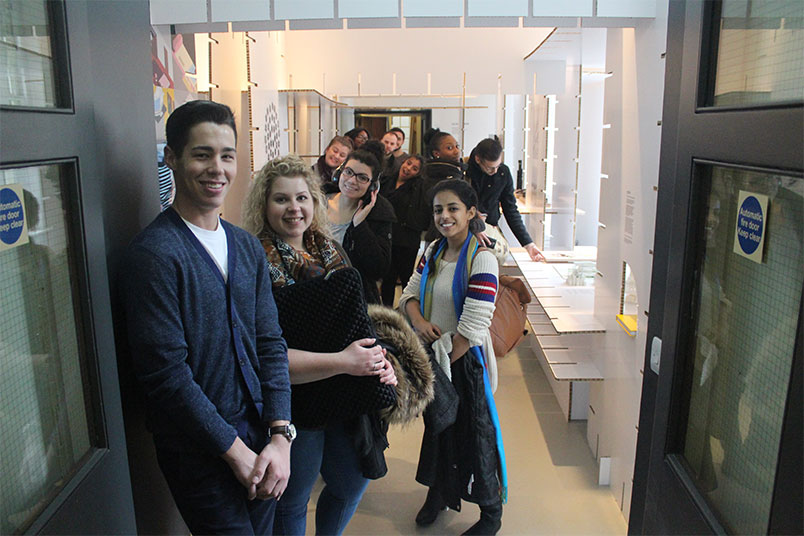News
Interior Design Students Reveal Hidden Spaces
January 26, 2017
Photo: The design concept (above) demonstrates the enlightenment of space through exposure to the energies which define it. Scroll down for more photos.
There are a number of beautiful things to admire in Grand Central Terminal—the elaborate astronomical ceiling, the famous clock, the detailed carvings—but what lies behind the decorative facade? That is what a group of fourth-year undergraduate interior design students from NYIT and a group of sixth-year post graduate architecture students from the University of Lincoln in the United Kingdom aimed to find out. As part of the interdisciplinary exchange program Hidden Heritage, the two groups worked together to explore the inner structures of two architecturally significant buildings and how they relate to their public spaces. The trip was made possible through the support of School of Architecture and Design Dean Maria R. Perbellini and the Friends of NYIT School of Architecture and Design.
Mitaali Katoch, an architect based in London, coordinated the project. “I am interested in cross-disciplinary projects,” said Katoch who worked with Charles Matz, associate professor at NYIT School of Architecture and Design, and Trevor Elvin, professor of Architecture at the University of Lincoln, on the collaboration. The goal was to examine the hidden spaces (for example, electrical elements or the structure of a roof) of Grand Central Terminal in New York City and Lincoln Cathedral in Lincoln, UK, and then re-interpret those elements into new design concepts.
The assignment was also a way to connect students from different disciplines and cities to see what conclusions they would draw using their respective training and perspectives. “It was challenging because it breaks convention to run what are essentially vertical studios,” said Katoch, who noted that while the NYIT interior design students’ focus was on the human scale element of the project, the Lincoln students approached the project with architectural tectonics in mind.
The students began by working together remotely. Then each group travelled to the respective universities’ host countries to meet in person. Students were divided into groups and were assigned aspects of the buildings to explore.
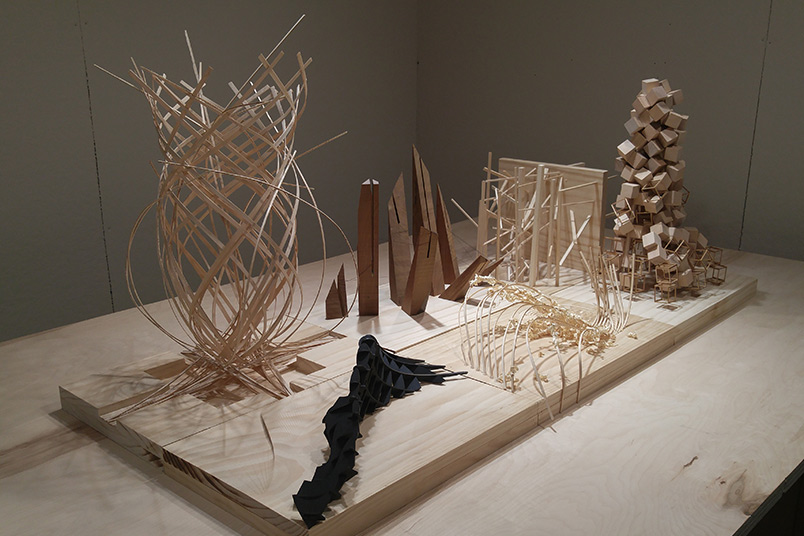
“I worked on a team that examined the electrical and plumbing of Lincoln Cathedral. My teammates and I worked together to see how those hidden elements could be used to create a design concept that would bring the internal workings to the outside,” explained John Sanchez, a senior at NYIT.
Sanchez’ team worked on a series of drawings that showed how the plumbing, electrical, and air ducts operated within the walls; then they extended those elements outside.
“We showed how the energy could be transferred to the external area.” said Sanchez. “Our approaches were different, but we each brought something to the table. The interior design students looked to see how space can affect individuals; our University of Lincoln counterparts brought the technical aspect. For instance, they showed us how to create a technical drawing.”
The deeper they delved into the project, the more the students found that to have a full understanding of a building’s beauty, one needs to look beneath the surface. The identity of Grand Central Terminal, for example, goes beyond its iconic clock and other ornamental features.
But more importantly, they learned how people with different ideas and approaches can successfully work together. “What I'll take away from this experience is that the more exposure you have to different types of people and cultures around you, the more opportunities you'll have in expanding your mind and design sense,” said Melissa Henriquez, a senior at NYIT. “Going forward I would love to be involved in international projects, so that I can have the opportunity to collaborate the same way I did with the Lincoln students.”
“The interdisciplinary exchange project offered the two institutions the opportunity to investigate a shared interior and architectural dialogue,” said Elvin.
“The project challenged both groups to bridge differences in ages and disciplines, as well as to work together across two continents,” agreed Matz. “It was a huge success. It was so nice to see how tight the group became. Even though they came from different places in their training, they really worked well together.”
